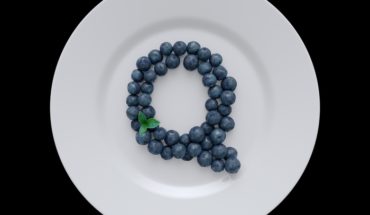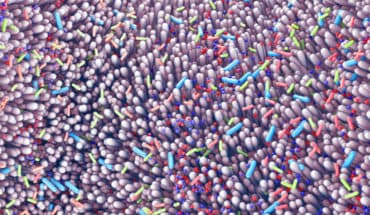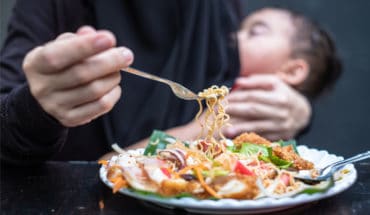Over the last five years at the Priory’s Hayes Grove Hospital, I have seen a rise in the abuse of, and dependence on, over-the-counter preparations containing opioids, where the opioid is combined with an anti-inflammatory drug, which could then lead to a dependence on stronger opioids, this time on prescription.
I have seen a growing number of teenagers and adults from all walks of life who have been given one medication for a headache or period pain and liked the mildly euphoric effect. They then find themselves drawn back to that feeling at times of stress and, because these drugs are so readily available, tolerance and dependence leads to a rapid increase in the quantity consumed.
They can be the gateway drugs for the stronger prescription opioid painkillers and for heroin, but they also have a serious sting in the tail. Sadly, the path from prescribed strong opioid painkillers to illicit use and dependence, is increasingly well trodden.
They can be the gateway drugs for the stronger prescription opioid painkillers and for heroin, but they also have a serious sting in the tail. Sadly, the path from prescribed strong opioid painkillers to illicit use and dependence, is increasingly well trodden.
And perhaps it’s little wonder with “painkillers” so easy to access, whatever your background or income. The UK’s analgesics market is worth an annual £212million and people can pick up a packet in most pharmacies, with 32 co-codamol pills, for example, costing just £2.69 in one high street chain.
That said, I’m also aware of cases of patients who are seemingly respectable “pillars of the community” losing their business, savings and even marriages, after developing a habit costing anything from £500 a fortnight to £50,000 a year, so a certain level of income would be necessary to support that.
Taking large doses of the anti-inflammatory component of these preparations causes gastric inflammation and serious blood loss from the stomach. The addiction is so strong that people will continue taking them despite suffering these dangerous physical effects. However, the pharmacology of opioids is such that their addictive potential is huge, and they should be treated with the utmost respect by patients and medical professionals alike.
According to a recent BBC News investigation, GPs in England prescribed nearly 24 million opioid-based painkillers in 2017, the equivalent of 2,700 items every hour. And, worryingly, prescriptions for these drugs have continued to risen in the last five years, with one in every 11 NHS patients regularly taking a potentially addictive substance.
It can be very difficult for professionals to recognise when an opioid prescribed to someone who has a condition associated with chronic pain has become a drug of abuse and is being used to manage other painful emotions or is being taken to ward off withdrawal. There is often not a clear demarcation between appropriate long-term use and addiction.”
Signs of prescription drug addiction – and getting help
Opiods create dependence by causing long-lasting changes to the brain’s ‘reward system’. The common factor is that they produce an alteration in your mental state shortly after you take one, and that is usually a positive feeling or the relief of distress.
Repeated use can lead to tolerance, needing to use more to get the same effect, and then withdrawal symptoms – feeling ill because you don’t have the drug.
People addicted to opioids can also struggle to see themselves as ‘addicts’ and may not want to associate with people who have been addicted to drugs, such as heroin, although the challenges they face are very similar.
So, there are two main stages in treatment are getting clean from the drug and then staying off it.
The first step to recovery is recognition that you have lost control of the drug use and that it has come to control you.
The second stage of treatment involves attending relapse prevention programmes, such as those run by Narcotics Anonymous.
Managing the second stage can be more difficult and has more to do with the person than the substance. And of course, if the patient is still suffering from pain then an important part of the treatment is to agree an alternative plan for managing the pain without opioids. But a key factor predicting the outcome of the treatment is how motivated a person is to address the problem.
Finally, it’s vital that this issue – which is threatening to become an epidemic – is not seen as “class specific”. It is frighteningly indiscriminate and has the ability to ruin lives and shatter families whether the user is a high-flying City worker or stay at home mum on a low income. The important thing is that the addiction is identified early and has access to the appropriate treatment.
- Opioids are not a class issue - 6th July 2018
- Opioid addiction fuelled by painkillers - 2nd April 2018






